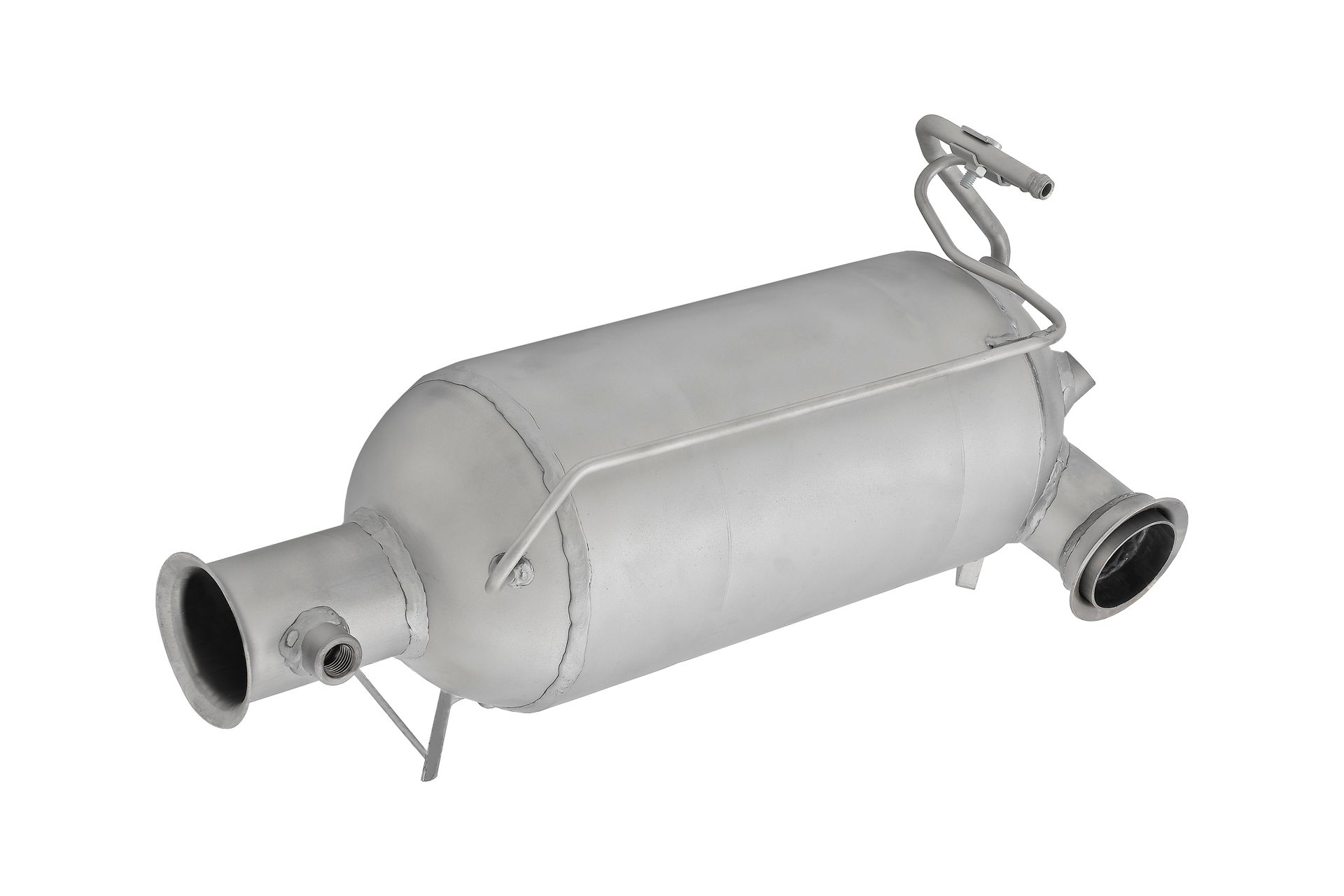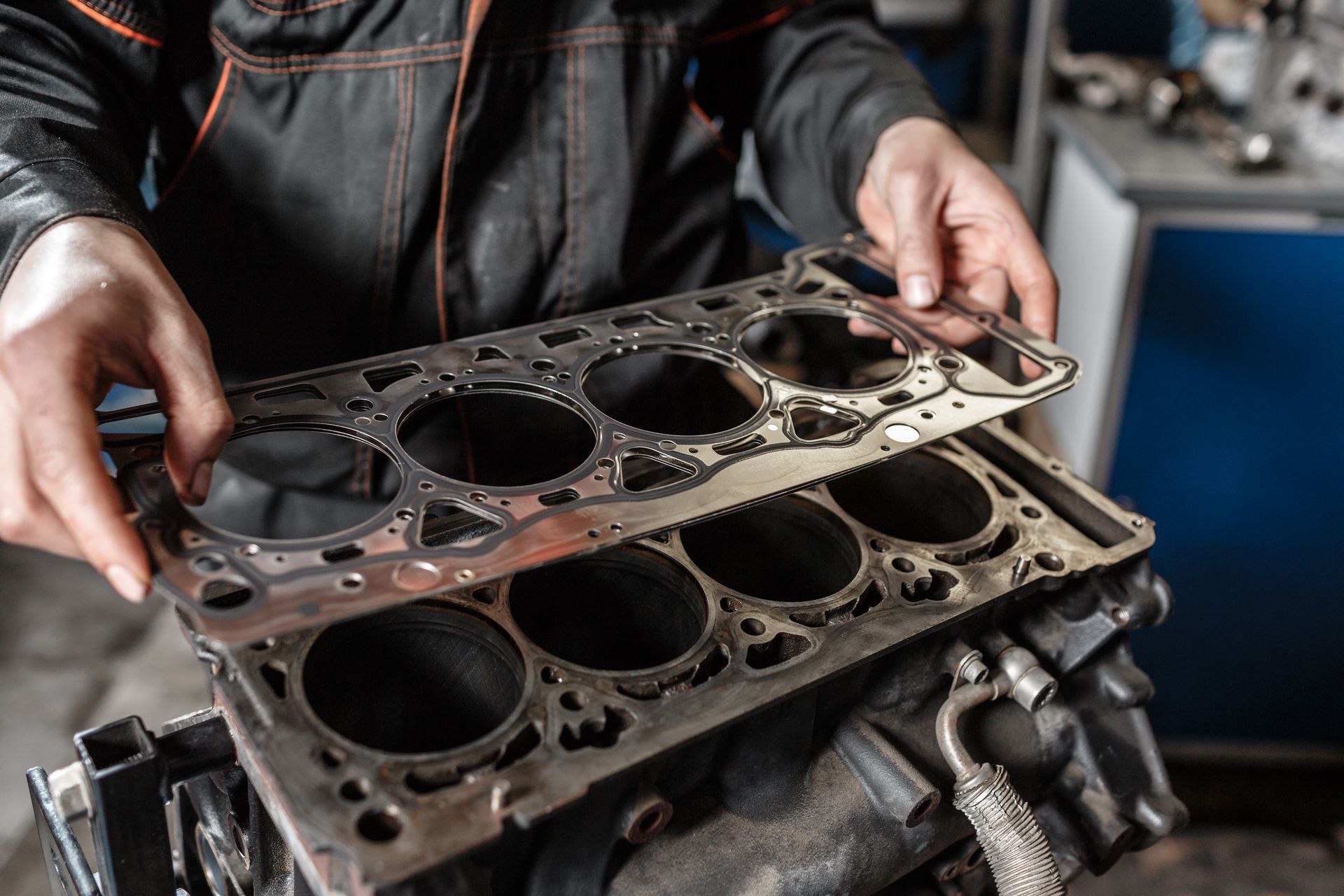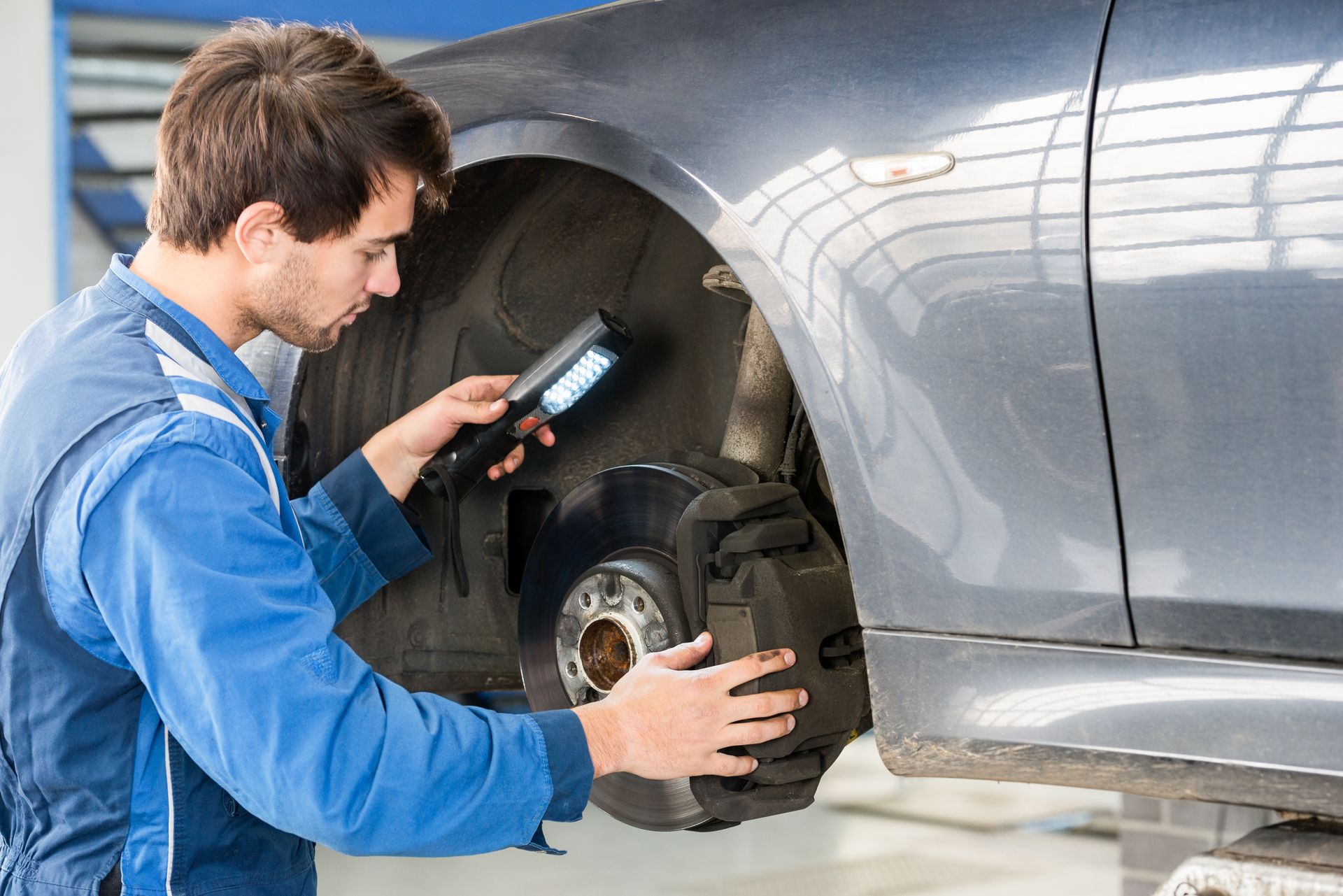Ask Us About Out New A/C Service Today!
Loading ...
Missing business hours data / Error occurred while getting the data.
Ask Us About Out New A/C Service Today!
Loading ...
Missing business hours data / Error occurred while getting the data.
How to Stay Alert While Driving Long Distances
December 20, 2024
Long-distance drives can be both thrilling and exhausting. Whether you're heading out on a road trip or making a cross-country move, staying alert behind the wheel is essential to ensure your safety and that of others. The challenge? Hours on the road can lead to fatigue and distraction, two of the most dangerous factors for drivers. But don’t worry—there are practical strategies to keep your mind sharp and your eyes on the road during those marathon journeys.
The Risks of Fatigue
Fatigue is a sneaky culprit when it comes to long-distance driving. It doesn’t hit you all at once but rather builds over time. You might start feeling heavy-eyed or notice that your focus is slipping away. Your reaction times slow down, and even a small lapse in concentration can lead to dangerous situations.
Driving for hours without breaks can also cause what's known as "highway hypnosis," where the monotony of the road lulls you into a trance-like state. This is especially risky on routes with little traffic or visual stimulation. If you're not prepared to combat these challenges, you could end up putting yourself and others in harm's way.
Tips to Stay Focused on Long Drives
If you're planning a long trip, preparation is key. Here are some tried-and-true ways to stay sharp behind the wheel:
Get Plenty of Rest Before You Drive
Starting your journey well-rested can make a world of difference. A good night's sleep—at least seven to eight hours—ensures you're starting off alert and energized. Avoid driving after a long day of work, as your body will already be in wind-down mode.
Plan Regular Breaks
Nobody can stay fully focused for hours on end. Schedule breaks every two to three hours, or roughly every 100 miles, to stretch, grab a snack, or take a quick walk. These small pauses can refresh your mind and body, making it easier to focus when you get back behind the wheel.
Stay Hydrated and Snack Smart
Dehydration can sneak up on you during long drives, leaving you feeling sluggish. Keep water within arm’s reach and sip regularly. Opt for healthy snacks like nuts, fruits, or granola bars, which provide sustained energy without the sugar crash of candy or soda.
Engage Your Senses
Driving in silence can make you more susceptible to fatigue. Play your favorite music, listen to an engaging podcast, or even try an audiobook to keep your brain active. Just make sure the volume and content aren’t too distracting.
Know the Signs of Fatigue
It’s crucial to recognize when you’re starting to lose focus. Frequent yawning, heavy eyelids, and difficulty maintaining your lane are all signs it’s time to pull over. If necessary, find a safe place to stop and take a 20-minute power nap before continuing.
Keep Your Car in Top Shape for Long Journeys
Staying alert isn’t just about your habits—it’s also about your car's condition. Imagine heading out for a long drive only to find your tires are underinflated or your brakes aren’t responsive enough. These issues can quickly turn a routine trip into a stressful experience.
Before setting out, check your tire pressure, oil level, and windshield wipers. Make sure all your lights are working properly, especially your headlights, as long-distance driving often involves traveling during early morning or evening hours. If you’re unsure about your vehicle’s condition, scheduling a pre-trip inspection can give you peace of mind.
In Conyers, GA, where scenic routes can tempt drivers to venture far, ensuring your car is road trip-ready is even more important. Proper vehicle maintenance is a crucial part of staying safe and alert, especially on winding highways or stretches with limited service stops.
How Does Mental Stimulation Help
Have you ever noticed how your brain feels sluggish after staring at the same thing for too long? Long stretches of straight roads can have a similar effect. Combat this by mentally engaging yourself—play road games, challenge yourself to spot unique landmarks, or even plan out your next rest stop.
Sometimes, having a co-driver can make all the difference. Sharing driving responsibilities not only reduces fatigue but also gives you someone to chat with, keeping your mind active. If you’re solo, try calling a friend (hands-free, of course) for a quick conversation to break up the monotony.
Ready to hit the road? Make sure your vehicle is too!
Automotive Fleet Repair in Conyers, GA, offers expert services to keep your car in peak condition. Whether you need a
pre-trip check or routine maintenance, we’ve got you covered. Contact us now to get started!

Loading ...
Missing business hours data / Error occurred while getting the data.
Having Trouble
Finding Us?
Loading ...
Missing nap lines data / Error occured while getting the data.




